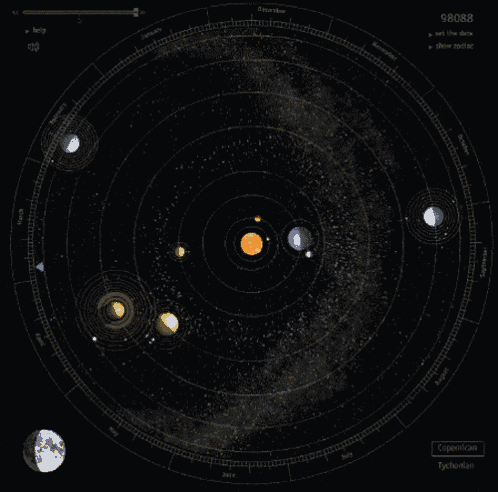Introduction
The Solar System is a celestial neighborhood that has fascinated astronomers, scientists, and curious minds for centuries. Comprising the Sun, planets, moons, asteroids, and other celestial bodies, the Solar System is a complex and dynamic entity. This article delves into the composition of the Solar System, exploring its various components and their unique characteristics.
The Sun: The Central Star
At the heart of the Solar System lies the Sun, a G-type main-sequence star that provides the gravitational pull necessary to keep all other celestial bodies in orbit. Composed primarily of hydrogen and helium, the Sun is the source of light and heat that makes life possible on Earth.
Core and Layers
- Core: Where nuclear fusion occurs, converting hydrogen into helium.
- Radiative Zone: Energy is transferred through radiation.
- Convective Zone: Energy is transferred through convection currents.
- Photosphere: The visible surface.
- Chromosphere and Corona: Outer layers, visible during solar eclipses.
The Planets: Diverse Worlds
Inner Planets
- Mercury: The smallest planet, composed mainly of rock and metal.
- Venus: Similar in size and composition to Earth but with a thick, toxic atmosphere.
- Earth: The only planet known to support life, primarily composed of iron, oxygen, silicon, and magnesium.
- Mars: Known as the Red Planet, it has a thin atmosphere and is rich in iron oxide.
Outer Planets
- Jupiter: The largest planet, primarily composed of hydrogen and helium.
- Saturn: Known for its rings, also mainly hydrogen and helium.
- Uranus: An ice giant with a composition of water, ammonia, and methane.
- Neptune: Similar to Uranus but with more methane, giving it a deep blue color.
Moons, Asteroids, and Dwarf Planets
Moons
- Earth's Moon: Primarily silicate rock.
- Titan (Saturn): Rich in organic compounds.
- Europa (Jupiter): Ice-covered with a potential subsurface ocean.
Asteroids
- Mostly found in the asteroid belt between Mars and Jupiter.
- Composed of rock, metal, or a combination of both.
Dwarf Planets
- Pluto: Composed of ice and rock.
- Eris: Similar to Pluto but slightly smaller.
- Haumea and Makemake: Both have unique compositions, including water ice.
Comets and the Oort Cloud
Comets are icy bodies that originate from the outer reaches of the Solar System, specifically the Oort Cloud. They are composed of water ice, dust, and organic compounds.
The Interplanetary Medium
This is the "empty" space between celestial bodies, filled with solar wind, cosmic rays, and interplanetary dust.
Conclusion
The Solar System is a vast and diverse collection of celestial bodies, each with its unique composition and characteristics. From the fiery furnace of the Sun to the icy realms of comets, the Solar System offers a rich tapestry of elements, compounds, and mysteries yet to be unraveled. As our understanding deepens through ongoing research and exploration, we continue to unlock the secrets of this cosmic neighborhood we call home.


